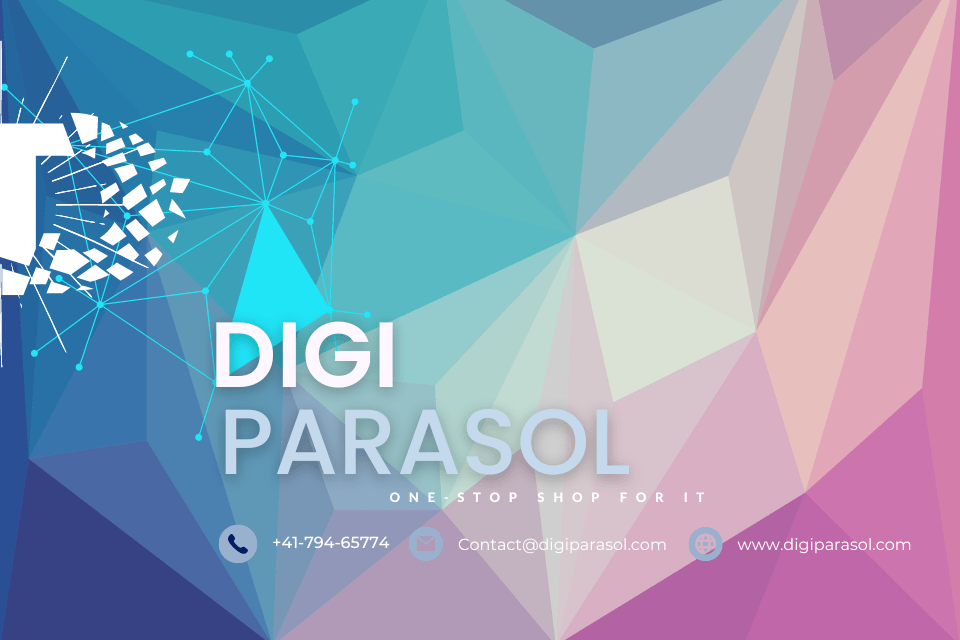The Rise of AI in Patient Monitoring and Safety
In recent years, artificial intelligence (AI) has emerged as a powerful tool in healthcare, revolutionizing the way patient monitoring and safety are handled. The integration of AI in patient care has enhanced patient outcomes, improved efficiency, and helped in reducing medical errors. With the rise of AI technology, healthcare providers now have access to advanced tools that analyze vast amounts of data to make accurate predictions and suggestions, which ultimately leads to better patient care.
One of the key areas where AI has had a significant impact is in patient monitoring. Traditional monitoring methods require a healthcare provider to manually monitor and record vital signs such as heart rate, blood pressure, and oxygen levels. This process can be time-consuming and prone to human error. AI technology has revolutionized patient monitoring by automating the process and providing real-time data that alerts healthcare providers to any abnormalities or potential issues.
AI-powered monitoring devices, such as wearable sensors and smart devices, can continuously collect and analyze data, providing continuous monitoring even when healthcare providers are not present. These devices can detect subtle changes in a patient’s condition, allowing for early intervention and preventing potentially life-threatening situations. By using AI algorithms to analyze data, healthcare providers can receive alerts and notifications when a patient’s vital signs deviate from normal ranges, prompting timely intervention to prevent complications.
AI technology has also had a profound impact on patient safety in healthcare settings. Medical errors are a leading cause of death in the United States, with over 250,000 deaths attributed to medical errors each year. AI has the potential to reduce medical errors by improving diagnostic accuracy, enhancing patient monitoring, and streamlining administrative tasks. By leveraging AI technology, healthcare providers can improve patient safety through various applications such as predictive analytics, computer vision, and natural language processing.
One of the ways AI is improving patient safety is through predictive analytics. AI algorithms can analyze large datasets to identify patterns and trends that may indicate potential patient safety issues. For example, AI can analyze a patient’s medical history, vital signs, and lab results to predict the likelihood of a patient developing a certain condition or experiencing a medical emergency. By leveraging this predictive analytics, healthcare providers can intervene early and prevent adverse events from occurring.
Another way AI is enhancing patient safety is through computer vision technology. Computer vision uses AI algorithms to analyze medical images, such as X-rays, MRIs, and CT scans, to assist healthcare providers in diagnosing and treating patients. Computer vision can help detect abnormalities in medical images that may be missed by human eyes, improving diagnostic accuracy and patient outcomes. By providing healthcare providers with more reliable and accurate diagnostic tools, computer vision technology can reduce the risk of misdiagnosis and treatment errors.
Additionally, AI-powered natural language processing (NLP) technology is transforming patient safety by improving communication and documentation processes. NLP technology can analyze and interpret unstructured data from clinical notes, patient records, and other sources to extract meaningful insights and information. By automating the process of documenting patient information, NLP technology can reduce the risk of errors and ensure that healthcare providers have access to accurate and up-to-date patient data.
In addition to improving patient monitoring and safety, AI technology is also revolutionizing the way healthcare providers deliver care. AI-powered virtual assistants and chatbots can provide patients with personalized care, answer questions, and provide support, improving patient engagement and satisfaction. These virtual assistants can assist healthcare providers in managing patient appointments, medications, and follow-up care, streamlining administrative tasks and enhancing operational efficiency.
Despite the numerous benefits of AI in patient monitoring and safety, there are still challenges that need to be addressed. One of the main concerns with AI technology is the potential for bias in algorithm development and data analysis. If AI algorithms are trained on biased data or incorrect assumptions, they may produce inaccurate results that could negatively impact patient care. To mitigate this risk, healthcare providers must ensure that AI algorithms are developed and tested using diverse and unbiased datasets.
Another challenge with AI technology is the potential for data privacy and security issues. As AI systems collect and analyze vast amounts of patient data, there is a risk of data breaches or unauthorized access to sensitive information. Healthcare providers must implement robust data security measures to protect patient information and comply with regulatory requirements, such as the Health Insurance Portability and Accountability Act (HIPAA).
Despite these challenges, the rise of AI in patient monitoring and safety presents exciting opportunities to revolutionize healthcare delivery and improve patient outcomes. AI technology has the potential to enhance patient care by providing real-time monitoring, predictive analytics, and personalized support. By leveraging the power of AI, healthcare providers can deliver safer, more efficient, and more effective care to patients, ultimately leading to better health outcomes and improved quality of life. The future of healthcare is AI-powered, and the possibilities for innovation and advancement are limitless.


